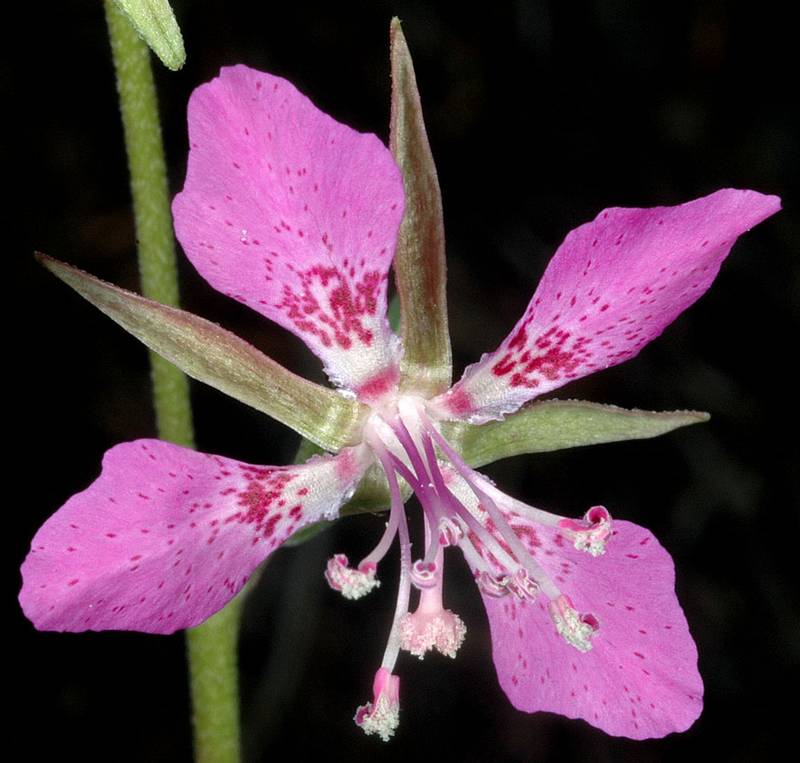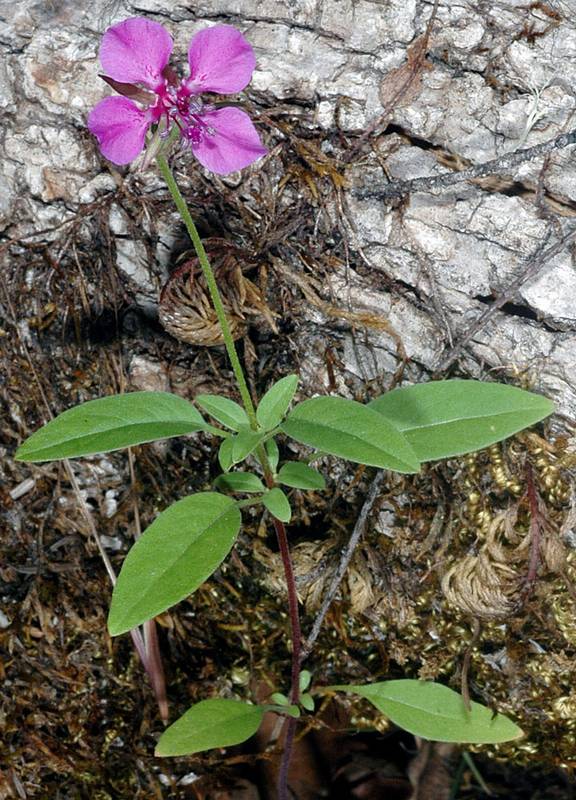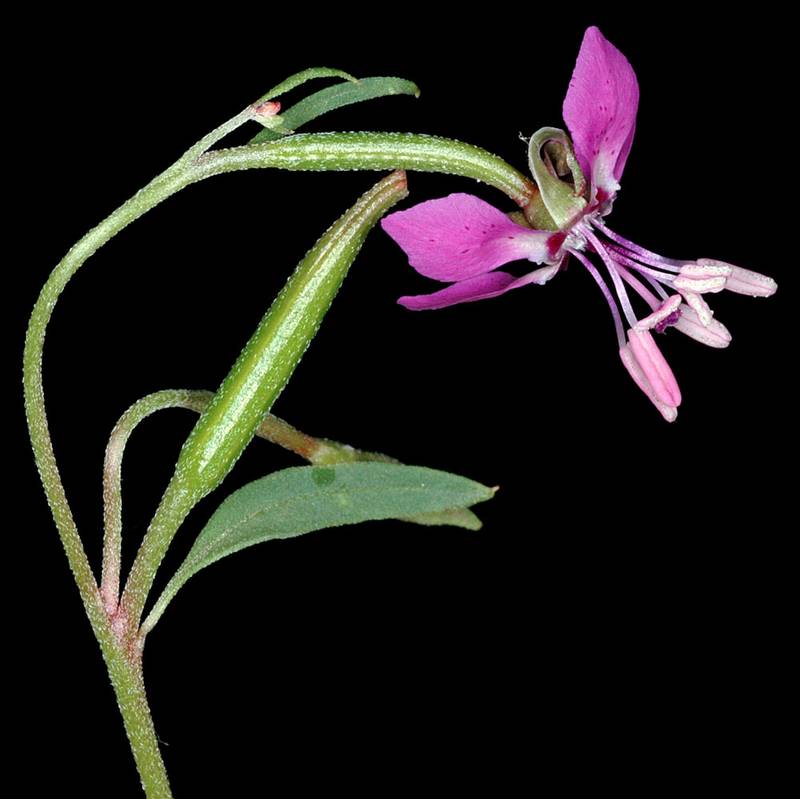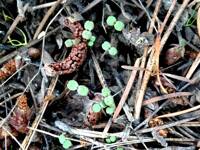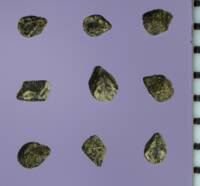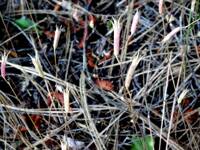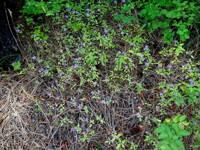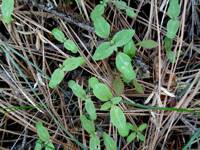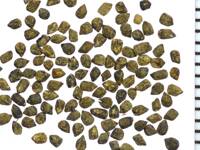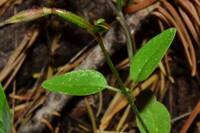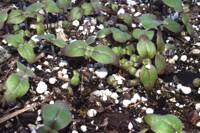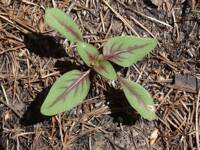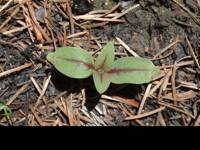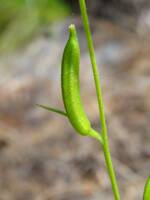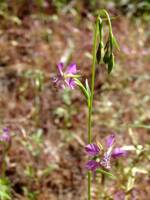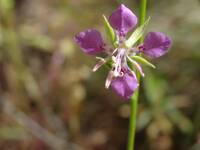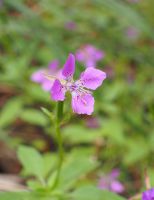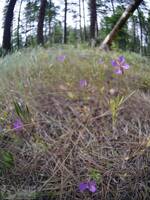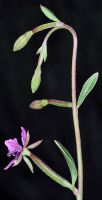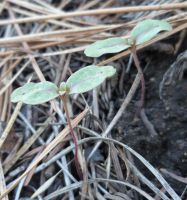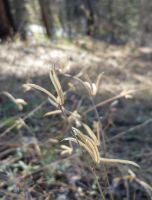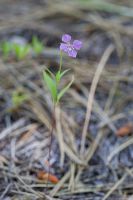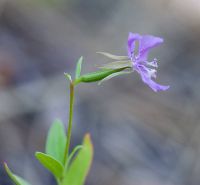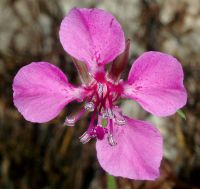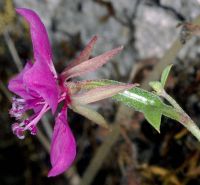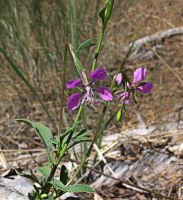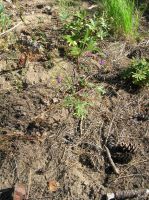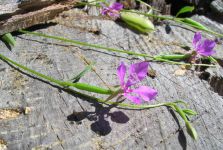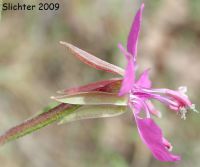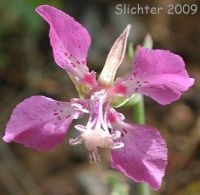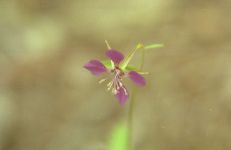Distribution: Occurring east of the Cascades crest in Washington; southeastern British Columbia to California and Arizona, east to Idaho, Montana, Utah, and Nevada.
Habitat: Dry, often sandy soil in forest openings at low to moderate elevtions.
Flowers: May-July
Origin: Native
Growth Duration: Annual
Conservation Status: Not of concern
Pollination: Bumblebees, bees, flies, beetles, moths, wasps
Annual, the stem 1.5-10 dm. tall, usually simple, covered with fine, appressed hairs.
Leaves few, alternate, with slender petioles 1-3 cm. long; leaf blades lanceolate to elliptic, 2-7 cm. long and 5-20 mm. broad, entire to denticulate.
Inflorescence a few-flowered, loose raceme; buds nodding; calyx tube 1-3 mm. long, scaly and white-hairy at the base of the stamens; calyx lobes 4, distinct; corolla slightly irregular, rose-purple and often purple-dotted, the petals 5-10 mm. long and 3-6 mm. broad, with a narrow, rhomboidal blade 2-4 times the length of the broad, often basally toothed claw; fertile stamens 8; style 4-parted, stigmas 4, oval, 0.5 mm. long, white to purple; ovary inferior, 4-celled.
Capsule 4-celled, 1.5-3 cm. long, short-beaked.
Publication: Fl. Bor.-Amer. 1: 214. 1833.
PNW Herbaria: Specimen records of Clarkia rhomboidea in the Consortium of Pacific Northwest Herbaria database
WA Flora Checklist: Clarkia rhomboidea checklist entry
OregonFlora: Clarkia rhomboidea information
E-Flora BC: Clarkia rhomboidea atlas page
CalPhotos: Clarkia rhomboidea photos

